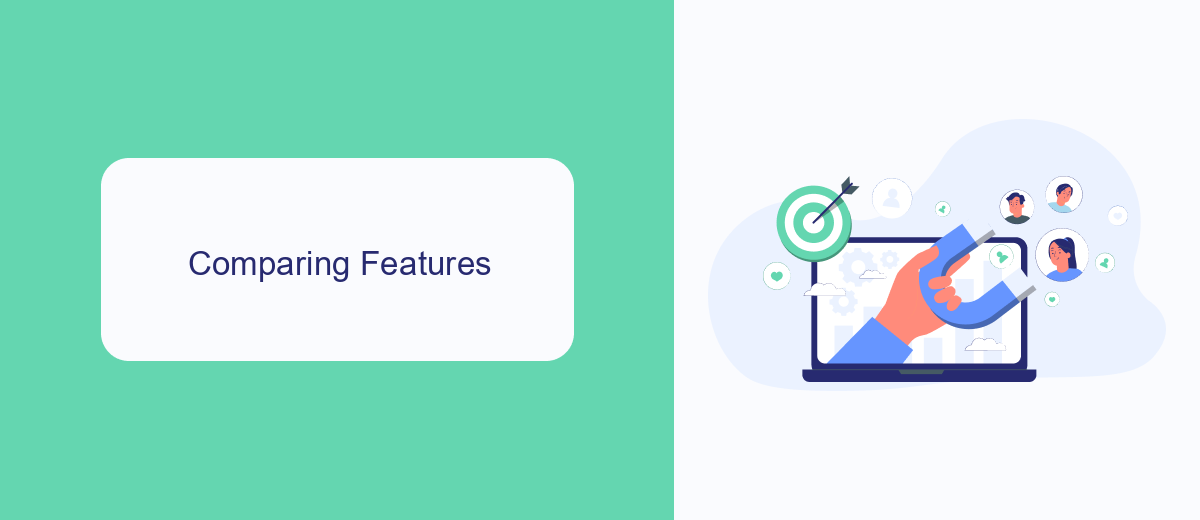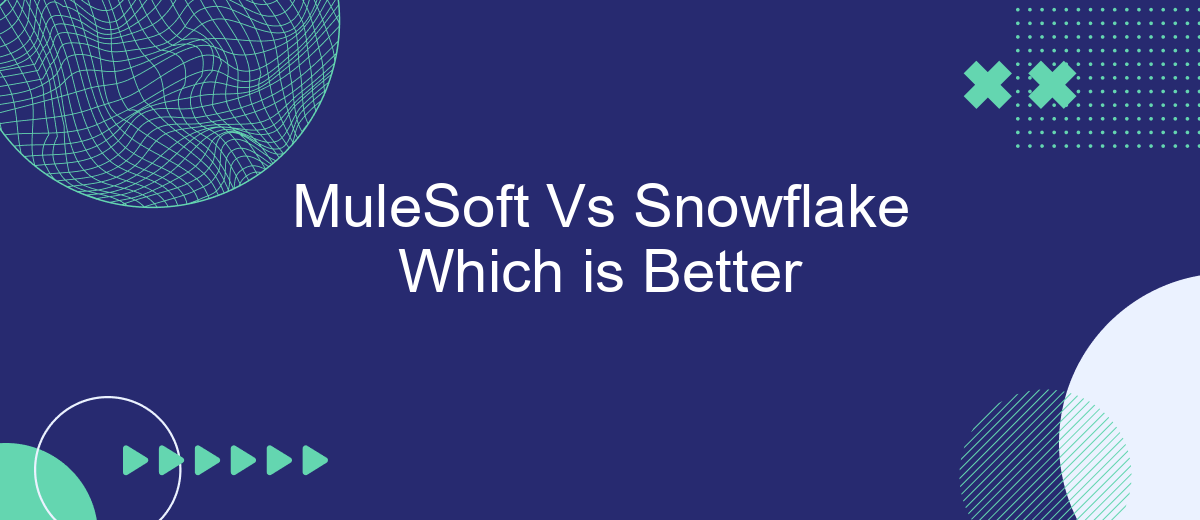When it comes to integrating and managing data, businesses often face a choice between MuleSoft and Snowflake. Both platforms offer robust solutions but cater to different needs. MuleSoft excels in API-led connectivity, enabling seamless integration across various systems. On the other hand, Snowflake specializes in data warehousing with powerful analytics capabilities. This article explores the strengths and weaknesses of each to help you decide which is better for your organization.
Introduction
In today’s rapidly evolving technological landscape, businesses are constantly seeking tools that can streamline their operations and enhance data management. Two prominent platforms that have garnered significant attention are MuleSoft and Snowflake. MuleSoft is renowned for its robust integration capabilities, enabling seamless connectivity across various applications and systems. On the other hand, Snowflake excels in providing a powerful cloud-based data warehousing solution, designed to handle vast amounts of data efficiently.
- MuleSoft: A leader in integration solutions, offering tools to connect applications, data, and devices effortlessly.
- Snowflake: A premier cloud data platform, known for its scalability, performance, and ease of use in data warehousing.
Understanding the distinct features and benefits of MuleSoft and Snowflake is crucial for businesses aiming to optimize their IT infrastructure. Additionally, services like SaveMyLeads can further enhance these platforms by automating data transfers and integrations, ensuring that businesses can focus on growth and innovation. This article delves into a comparative analysis of MuleSoft and Snowflake, helping you determine which platform aligns best with your organizational needs.
Comparing Features

MuleSoft and Snowflake are two powerful platforms, each with its own unique features that cater to different needs. MuleSoft is renowned for its comprehensive integration capabilities, enabling businesses to connect various applications and data sources seamlessly. It offers a robust API management system, which ensures secure and scalable integrations. MuleSoft's Anypoint Platform provides tools for designing, deploying, and managing APIs, making it a go-to solution for enterprises looking to streamline their integration processes. Additionally, services like SaveMyLeads can further enhance MuleSoft's integration capabilities by automating data transfers and synchronizing information across different platforms effortlessly.
On the other hand, Snowflake excels in data warehousing and analytics. It is designed to handle vast amounts of data with high performance and scalability. Snowflake's architecture allows for separate storage and compute, enabling efficient data processing and querying. It supports a wide range of data formats and integrates seamlessly with various BI tools, making it an excellent choice for organizations focused on data-driven decision-making. While MuleSoft focuses on integration, Snowflake is geared towards providing a robust platform for data storage and analytics, ensuring that businesses can derive valuable insights from their data. Both platforms offer unique advantages, and the choice between them depends on the specific needs of the organization.
Use Cases and Integration

When comparing MuleSoft and Snowflake, it's essential to understand their use cases and integration capabilities. MuleSoft is primarily an integration platform that connects various applications, data, and devices through APIs. Snowflake, on the other hand, is a cloud-based data warehousing solution designed for data storage, processing, and analysis.
- MuleSoft: Ideal for organizations looking to integrate multiple systems and streamline data flow across different platforms. It supports real-time data processing and offers a wide range of connectors for seamless integration.
- Snowflake: Best suited for businesses that require scalable and efficient data storage solutions. It excels in handling large volumes of data and provides robust analytics capabilities.
For businesses seeking to automate and simplify their integration processes, services like SaveMyLeads can be invaluable. SaveMyLeads offers easy-to-use tools for setting up integrations without the need for extensive coding, making it an excellent complement to both MuleSoft and Snowflake. By leveraging such services, organizations can enhance their data management and integration strategies effectively.
Pricing and Support

When it comes to pricing, MuleSoft and Snowflake offer distinct models tailored to different business needs. MuleSoft generally operates on a subscription-based pricing model, which can vary depending on the scale and specific requirements of the integration projects. Snowflake, on the other hand, employs a consumption-based pricing model, where costs depend on the amount of data stored and processed.
Support is another critical factor to consider. MuleSoft offers comprehensive support packages, including 24/7 customer service, a robust knowledge base, and extensive documentation to assist users in troubleshooting and optimizing their integrations. Snowflake also provides strong support options, featuring dedicated customer service teams and detailed resources to help users manage their data warehousing needs effectively.
- MuleSoft: Subscription-based pricing, tailored to integration needs
- Snowflake: Consumption-based pricing, based on data storage and processing
- Both: Comprehensive support packages, including 24/7 customer service and extensive documentation
For businesses looking to streamline their integration processes, services like SaveMyLeads can be incredibly useful. SaveMyLeads offers automated integration solutions that simplify connecting various platforms, potentially reducing the need for extensive support and lowering overall costs. This can be a valuable addition to either MuleSoft or Snowflake, enhancing their capabilities and providing a more seamless user experience.
Conclusion
In conclusion, both MuleSoft and Snowflake offer robust solutions for different aspects of data management and integration. MuleSoft excels in providing a comprehensive integration platform that allows businesses to seamlessly connect various applications, data sources, and APIs. Its strength lies in its flexibility and extensive range of connectors, making it an ideal choice for organizations looking to streamline their integration processes.
On the other hand, Snowflake stands out as a powerful cloud-based data warehousing solution. It offers exceptional performance, scalability, and ease of use, making it suitable for organizations that require efficient data storage and analytics capabilities. For businesses that need to automate their integration workflows, services like SaveMyLeads can be highly beneficial. SaveMyLeads simplifies the process of connecting various apps and services, ensuring that data flows smoothly between platforms. Ultimately, the choice between MuleSoft and Snowflake depends on your specific business needs and priorities.
FAQ
What are the primary differences between MuleSoft and Snowflake?
Which platform is better for data integration?
Can MuleSoft and Snowflake be used together?
Which platform is more cost-effective?
Are there services available to help implement MuleSoft or Snowflake?
Are you using Facebook Lead Ads? Then you will surely appreciate our service. The SaveMyLeads online connector is a simple and affordable tool that anyone can use to set up integrations for Facebook. Please note that you do not need to code or learn special technologies. Just register on our website and create the necessary integration through the web interface. Connect your advertising account with various services and applications. Integrations are configured in just 5-10 minutes, and in the long run they will save you an impressive amount of time.
